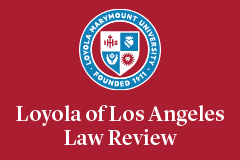Abstract
In re Caremark, decided in 1996, established for the first time a director’s duty to monitor under Delaware law. A significant amount of jurisprudence and commentary has developed. Almost all of this literature parses the language of the case and those following, and disregards the underlying claims for damages. As a result of this linguistic focus, many have concluded that the duty to monitor largely is toothless and, importantly, deals only with claims of failure to monitor legal risk. A duty to monitor business risk has been disavowed.
Following the money reveals a different story. Classifying the cases according to their damages claims reveals that, in fact, Delaware courts have gone far toward extending the duty to monitor to business risk, while at the same time doctrinally disavowing that they have done so.
Closely related to this monitoring duty is the pre-conditional duty of good faith, which is breached by directors’ knowledge of wrongdoing. Once again, doctrine masks important distinctions that are revealed by a close examination of the facts of the cases. Analysis reveals that Delaware courts may be failing to make an important distinction with regard to forms of notice. Making this distinction would help to shore up the duty to monitor without imposing unreasonable demands on directors.
These two lines of analysis lead to the conclusion that a meaningful duty to monitor both legal and business risk is well along in development. Extracting and reassembling the facts would realize Caremark’s original promise.
Recommended Citation
Ezra Wasserman Mitchell, Caremark's Hidden Promise, Loy. L.A. Rev. 239 (2018).


